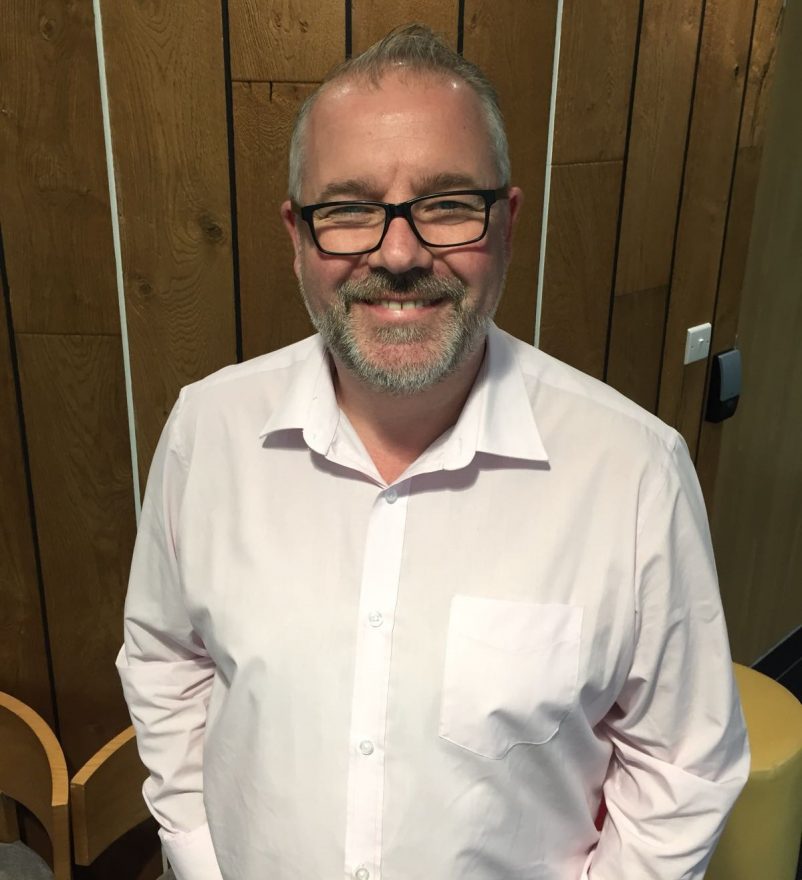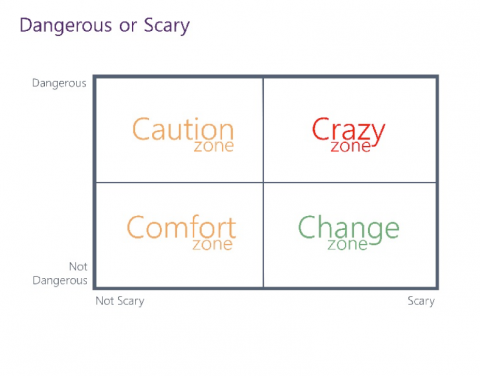When senior managers drive change, they can get stuck between a rock and a hard place. On the one hand, they may not be able to share certain, sensitive information. But if they don’t give their workforce enough details about what’s happening, people will become dissatisfied, suspicious and unproductive.
In this podcast, Rob and Ricky discuss how and why this happens, and the impact that a growing perception that senior managers are keeping secrets can have on an organisation.
In the absence of any clarity or information about change in the workplace, people start to fill in the blanks. Sometimes, it’s with information that may be true – but more often than not, it’s massively assumptive and untrue.
There are many reasons why senior managers do not share information with their people. Some information is confidential or sensitive, or may be withheld because of the perceived reaction it would cause. Sometimes, managers are trying to protect their people.
During times of change, there will be people who embrace it and are proactive about asking questions. They’re a breeze to manage. But there will be others who start to fill in the blanks and – worse still – go recruiting others who are easily influenced by their opinions. Why do they do it? Because they are looking for meaning and certainty when they have a lack of information. They want that classic ‘comfort blanket’. This links to our previous podcast about why people look for evidence that supports their point of view.
Everyone is making assumptions: Employees are filling in gaps with information they don’t know to be true, and managers are deciding what information they think is relevant to their people.
So how does this impact the workforce? Effects can range from falling engagement levels and rising dissatisfaction to people asking difficult questions and spreading false information. Some employees will cause a fuss while others may withdraw into themselves. All of this can lead to a drop in productivity and efficiency.
What can senior managers do about it? It’s crucial to keep people informed and engaged, to tell them what’s going on and why. And involve people in the journey, especially the most cynical or critical ones!











